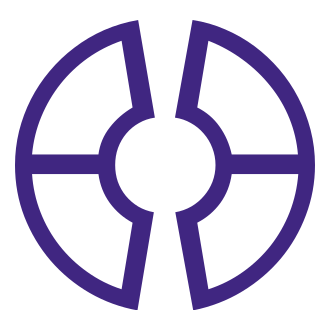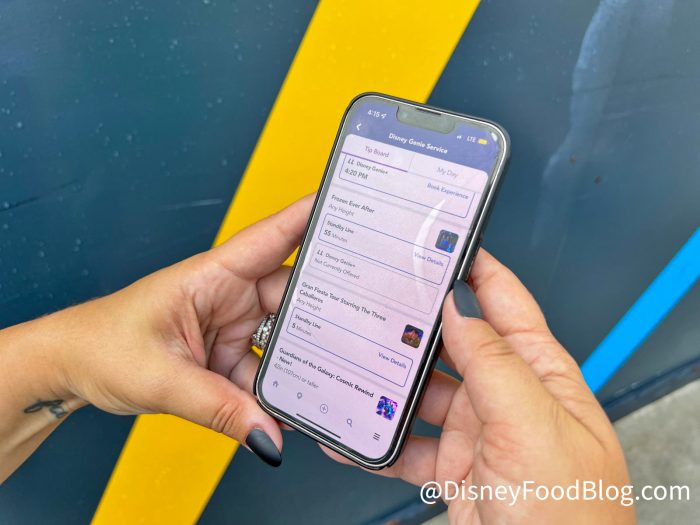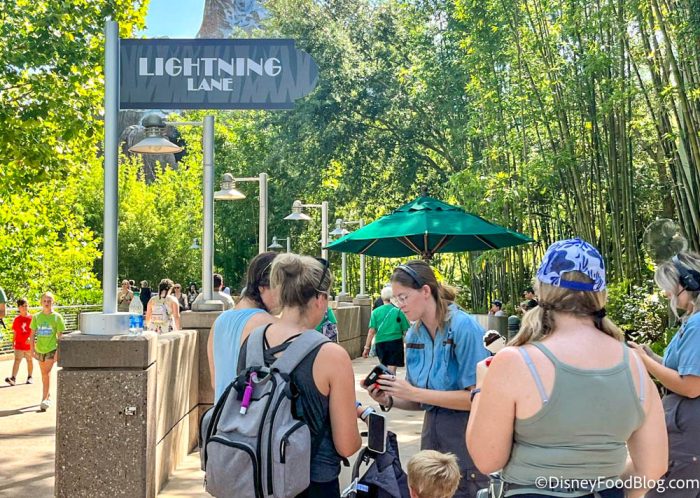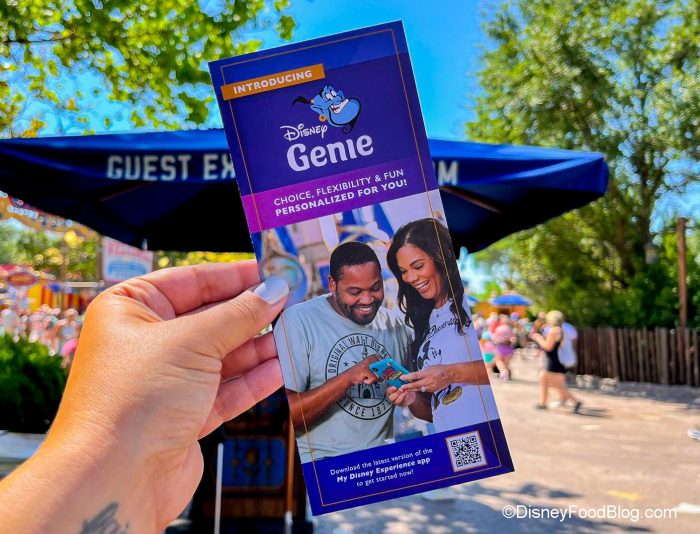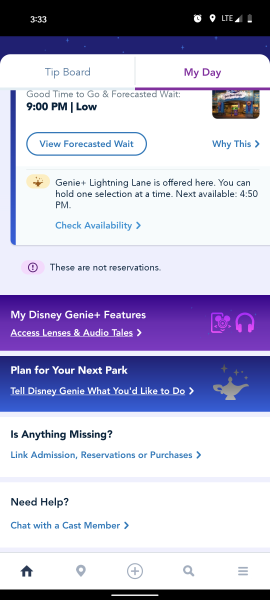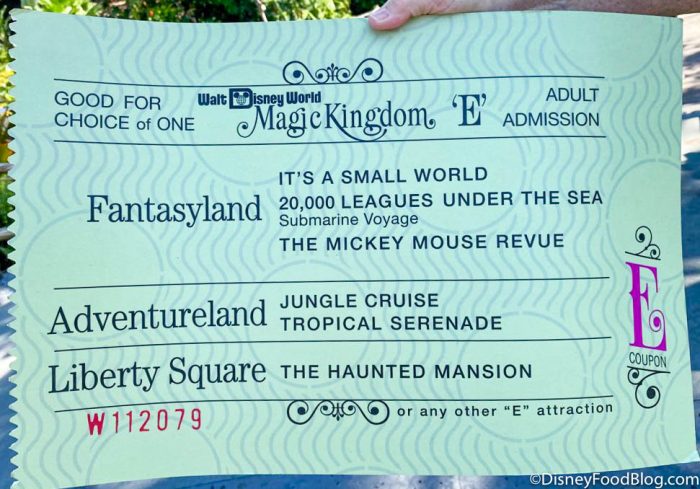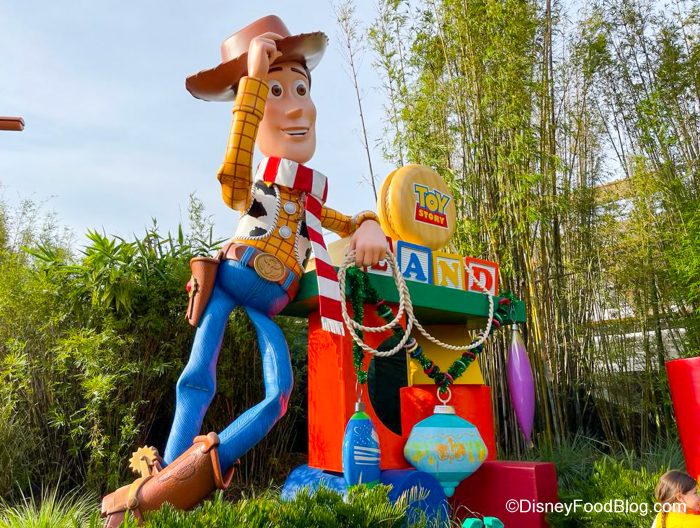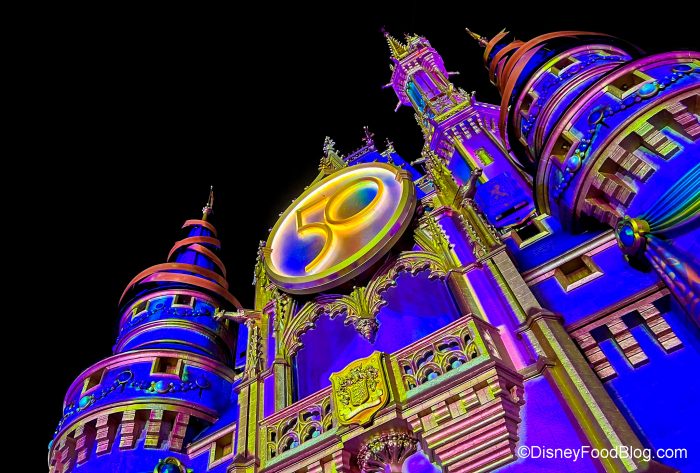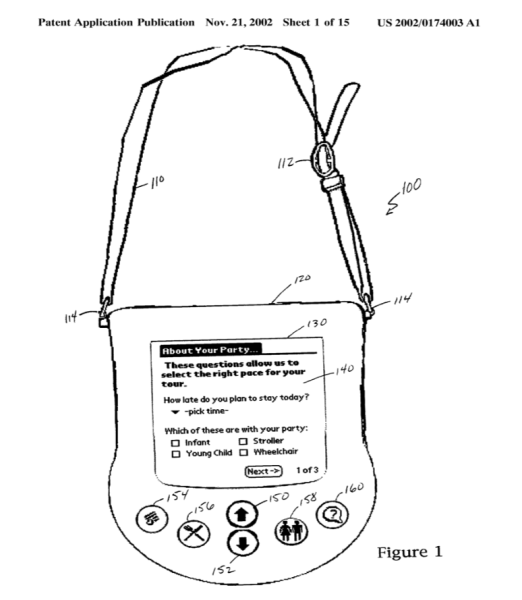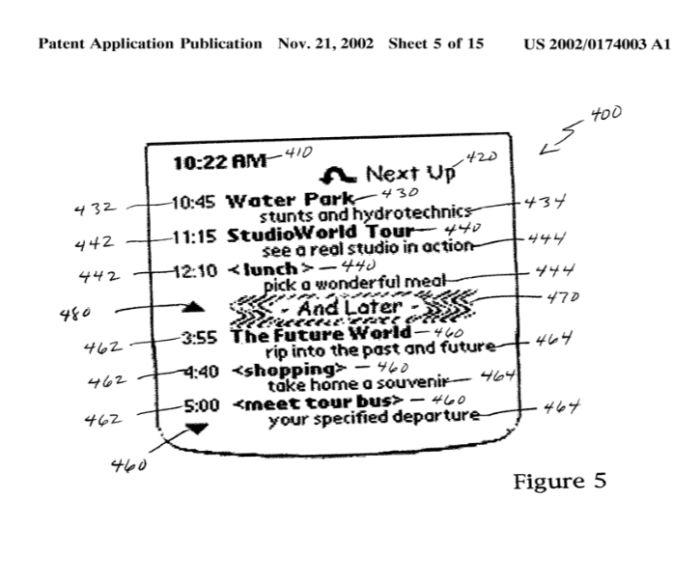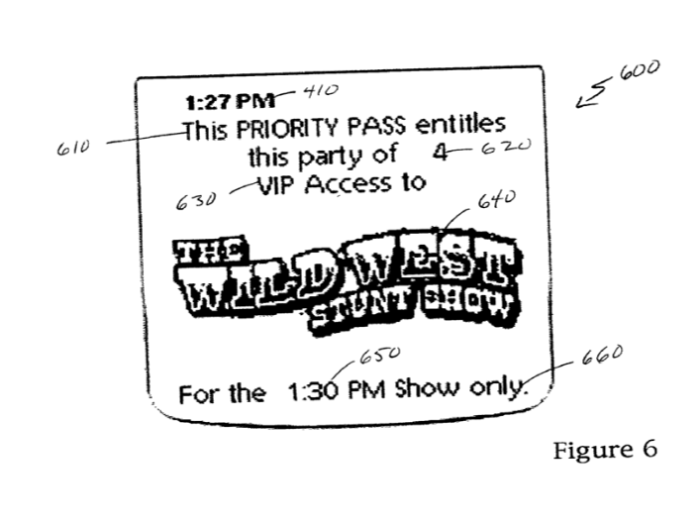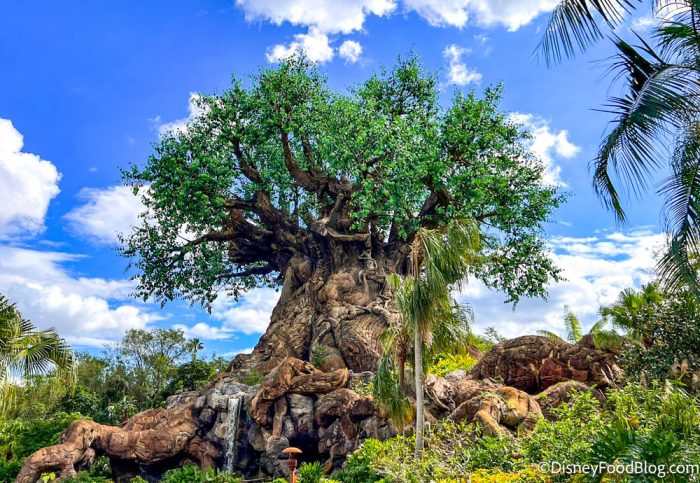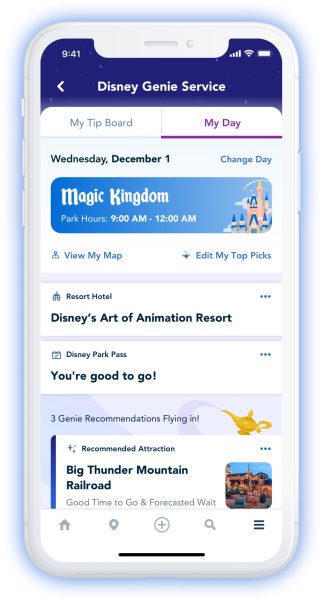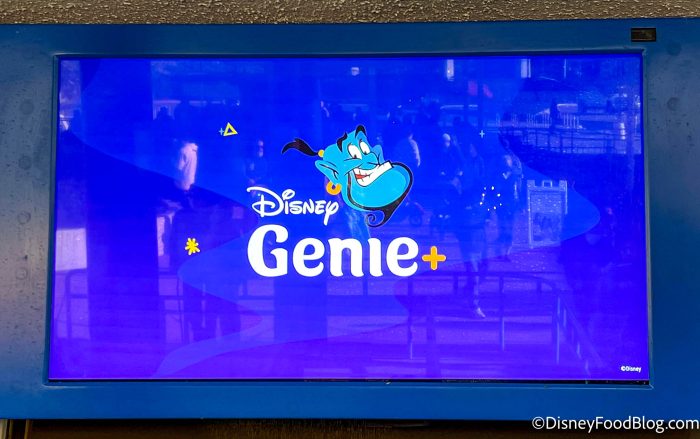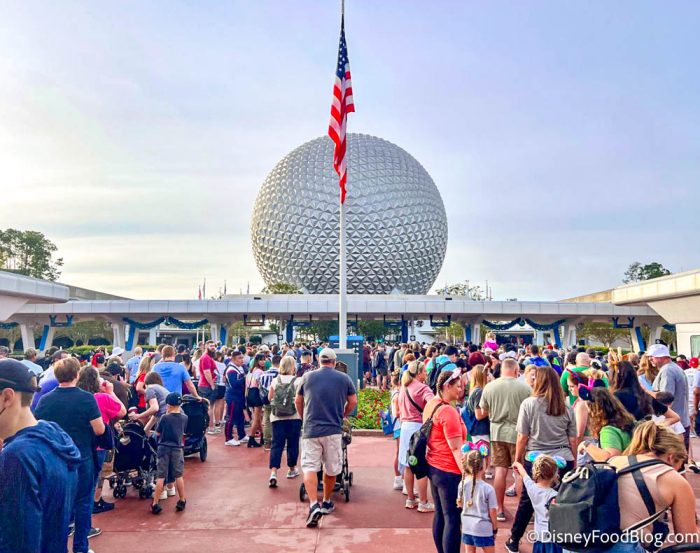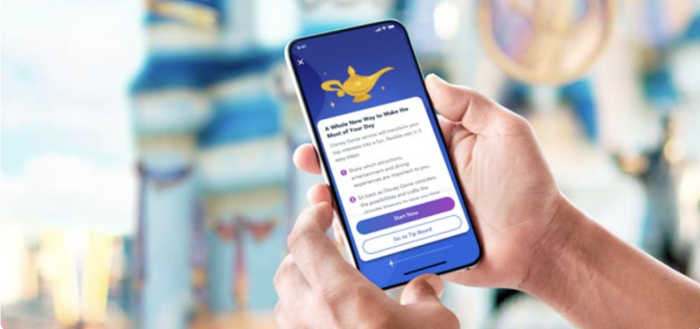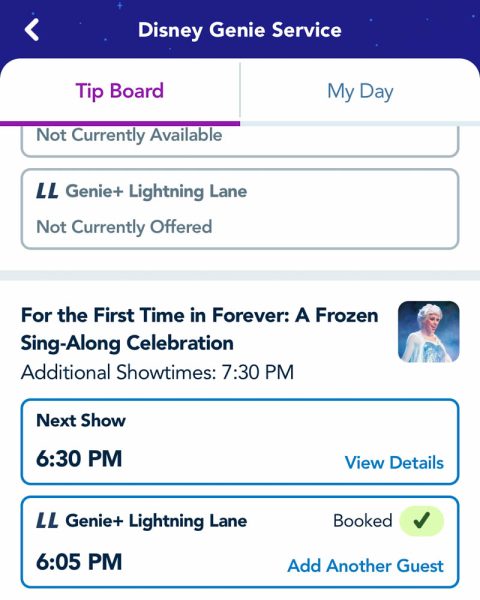The Walt Disney Company is no stranger to lawsuits, and it seems they’ll now have to face another one.
Disney is currently involved in 2 lawsuits (one related to Disneyland and another related to Disney World) about its Park Pass system. Lawsuits have also been brought against Disney in relation to the Rise of the Resistance ride design and even movie releases. But now a huge Disney system is the subject of a lawsuit — this time, it’s all about Genie+.
According to the Orlando Business Journal, Genie and Genie+ are the key things at issue in a recent lawsuit filed in the U.S. District Court for the Middle District of Florida (Fort Meyers Division).
Let’s go over the key things you need to know.
Who brought this lawsuit?
The lawsuit was filed by Agile Journeys LLC, a Glendale, California-based company.
What does the lawsuit allege?
The lawsuit claims that Disney infringed upon one of Agile Journeys’ patents in relation to Genie and Genie+.
The Agile Journeys patent at issue was published in 2002 and is called “Method and Apparatus for Providing Visitors with a Personalized Itinerary and Managed Access to Attractions.”
What is the patent about?
That patent notes that it is for a method of “creating itineraries for a party of visitors to a facility, the facility having multiple attractions.” Under the method provided by the patent, “Visitors give answers to questions about their preferences, which is combined with authoritative information about their admission privileges, and information stored about the attractions and facility, to generate an itinerary.”
It specifies that this method “can be executed by a portable, handheld computer which asks the questions, accepts the answers, and processes them into an itinerary which is both portable and dynamic, adjusting in real time to schedule changes and unscheduled attraction closures.”
It specifies that the patent relates to a system that would actually create a personalized itinerary to a facility that “provides managed access to attractions at the facility.”
The patent notes that a tourist wants to see and do the most interesting things but also not be inconvenienced that much. But the place the tourist is visiting (like a theme park) might have many rides, restaurants, stores, shows, etc. That hits the tourist with too much information.
A tour guide could fix the situation and give the tourist the trip of their dreams, but there is a high cost with having and paying for lots of tour guides. Self-guided tours are good, but can’t be customized. So, the patent explains, there is a need to understand people’s needs and customize an itinerary for them.
The patent even discusses Disney directly in talking about how other factors impact tourist visits — like long lines. The patent notes that Disney was (at that time) using FastPass, essentially an “express pass” service. They also note how there are other systems that can manage queue times. And they discuss the fact that virtual queuing has significant advantages, but visitors will have to know to visit a ride to claim a spot in the virtual queue or otherwise know how to join. Tourists might not know where a ride is located or even what rides are available, or they might make reservations consecutively for rides that are separated far away from one another.
They go on to discuss how Disney worked to “manage” the demand for each ride in the past by selling its A-E ticket books, and how, because there was only a limited supply of E-coupons for each visitor, Disney could “restrain excessive demand” for those popular attractions.
With FastPass, however, a popular ride’s reservations might “sell out” within an hour of the park’s opening. So, they determined “A system and method is needed which will redistribute demand for attractions efficiently, so that a facility is better able to spread demand for its attractions.”
The patent goes on to explain that there are route-planning systems available, but there are certain disadvantages to them. Critically, it says that these systems don’t address certain tourist needs. For example, they point out, “Someone unfamiliar with Disneyland may well wonder whether “Fantasmic” is a turbulent roller coaster, a song-and-dance gala stage presentation, or a fireworks show…It would take a long time to assimilate and consider the rest of the 60 attractions at Disneyland to determine a short list of suitable and most desirable attractions to visit.”
So they note that a system is needed to allow an “unfamiliar visitor to receive a near optimal experience, suited to his (or his party’s) tastes, schedule, needs, and limitations.”
They note that the system needs to consider the party’s needs and limitations, the spatial and temporal situation of the party, and the demand for attractions (such that demand can be moderated and diffused as needed).
Under the patented system, a person would complete a profile that details the party they’ll be traveling with. The profile might also have information about the things the party likes or doesn’t like — thrill rides, particular themes, etc. “Each attraction within a facility is rated against each factor or certain combinations of factors, in the profile.” Then, an itinerary is created which could feature times to visit attractions (attractions with a higher rating for that family’s likes would be given preference).
The itinerary could be flexible, schedule more time between events if the party is particularly large, take into account the routing between attractions, and more.
It goes on to explain that the invention could also help the guests manage a virtual queue, present marketing promotions to a party (like promoting certain stores when a party is next to it), and provide suggestions for what to do between certain events.
The system would be able to “dynamically accommodate an interruption in the sequence of events,” and let the operator of the facility “diffuse demand for attractions.”
Within the patent application, you can see images depicting a device that asks questions about the party like how late they plan to stay, and if there are certain specific things with that party (like a wheelchair).
It also depicts a schedule with some attractions in the itinerary.
Another image shows how the system could display the current event attraction name, and how touching it could bring up a pass form that shows the person’s reservation or access permission.
There’s a LOT more to the patent but at the end they summarize their invention as being “A method for generating an itinerary for a party visiting a facility having attractions comprising the steps of loading a set of data representing the facility and the attractions; collecting information about the party; generating an itinerary using the information about the party and the set of data representing the facility and the attractions; and, providing the itinerary to the party.” As well as a few other things.
The free Genie system does in fact create dynamic itineraries for guests after guests input their preferences and other information into the My Disney Experience app via their electronic devices. Essentially, you tell Genie what types of things you want to go on and what things you like.
You can also tell Genie that you’ll be park hopping and give it more information. Based on that information, it will devise a personalized itinerary, guiding you throughout your day. As the day goes on, the itinerary may change due to expected wait times or other factors.
Certain things may pop up during your day, advising you about nearby food or ride offerings.
Genie+, on the other hand, is a paid version of the FastPass+ system — allowing guests to make “reservations” to return to rides and skip the standby lines for those rides.
We have discussed in the past how Genie is utilized to control guests in a big way.
As The Wall Street Journal reported, the Disney parks each have an operation center with a “heat map.” That map tells operators where Genie+ users are in the parks (with GPS technology). The park operators then use this information to direct traffic by notifying guests about the shortest lines and food and merchandise promotions to spread crowds out around the park.
This is meant to improve guests’ experience. As Josh D’Amaro, the Chairman of Disney Parks, Experiences, and Products, explained “If I’m seeing too much activity on the west side, I’m able to spread where I direct people to the east side. Our attractions will be load-balanced better, and lines will be shorter, and what that means is the experience will be better.”
More About What the Lawsuit Alleges
The lawsuit alleges that Disney has and continues to infringe on the patent through its use of Genie and Genie+. It also claims that Disney was aware of Agile Journeys’ technology and that the co-inventor of the patent (William Gibbens Redmann) was “in contact” with Disney’s representatives about the patent.
In the lawsuit, there are reportedly emails sent between Disney’s representatives and Redmann where they discuss the technology.
The lawsuit alleges that Disney also tried to patent its own system at various times. The lawsuit alleges that there were “rejected” applications or applications where Agile Journeys’ patent was cited as the Disney patent was being reviewed.
As of December 5th, Disney reportedly did not have an attorney listed within the documents related to this court case.
What They Want
The Plaintiff seeks a judgment declaring that Disney infringed on one or more claims of the patent, as well as a judgment and order that would require Disney to pay Agile Journeys: (1) enhanced damages for this infringement, and (2) royalties in the future.
What Next?
In terms of what’s next, we’ll have to wait and see what Disney files in response to this lawsuit. What do you think? Do the Genie and Genie+ systems sound like they infringe on the patented technology? Tell us your thoughts in the comments.
For full details about Genie and Genie+, click here. And stay tuned for more news!
All About Disney Genie, Genie+, and Individual Attraction Selection
-
READ THIS Before Using the New Genie Planning Tool in Disney World
-
Check Out the FULL List of Rides Included With Genie+ in Disney World
-
See What Rides You Can Pay EXTRA for in Disney World & How Much They May Cost
-
Learn What Rides Are Included With Genie+ in Disneyland (Plus the Ones You’ll Pay EXTRA to Ride)
-
You CAN’T Re-Ride Disney World Attractions With Genie+
-
You CAN’T Cancel Pay-Per-Ride Selections in Disney World
-
Get the Answers to All of Your Burning Questions About Disney Genie
-
See Why You May Want to Stay in a Disney World Hotel When it Comes to Disney’s Pay-Per-Ride System
-
Here’s What Annual Passholders and Magic Key Holders Need to Know About Genie+
-
See 5 Ways Genie+ Might Surprise You
-
Learn Some Disney Genie HACKS
-
Get a Step-by-Step Guide to Using Disney Genie+
-
See Genie+ Tips for the Most Crowded Days in Disney World and Disneyland
-
Still Confused About Disney Genie? Check Out These DFB Videos
-
Learn About How Disney Genie Can Be Your Personal Assistant in Disney World
Click HERE to See More About Disney Genie
Join the DFB Newsletter To Get All the Latest Disney News Delivered Right to Your Inbox Click here to Subscribe
What do you think about the allegations in this lawsuit? Tell us in the comments.
The post NEWS: Disney Sued Over Genie+ System first appeared on the disney food blog.
